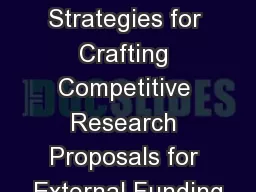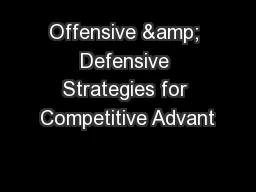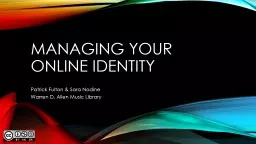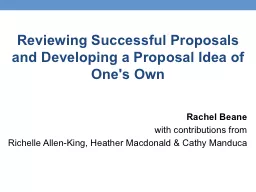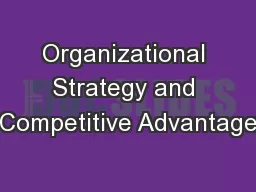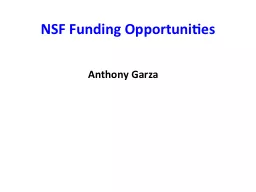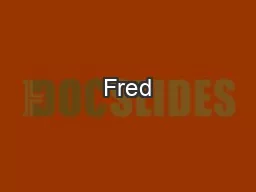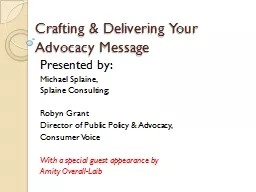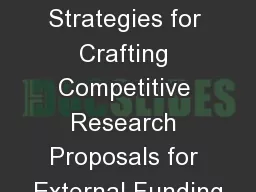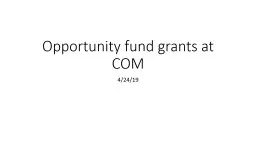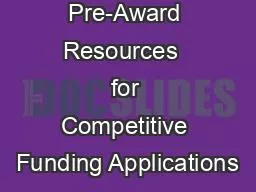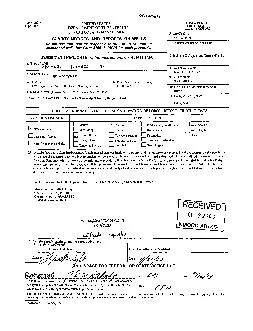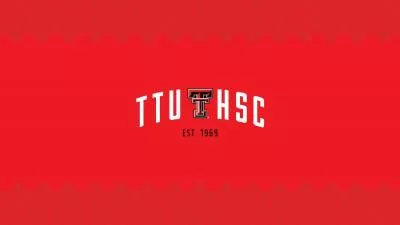PPT-Effective Strategies for Crafting Competitive Research Proposals for External Funding
Author : debby-jeon | Published Date : 2018-02-27
Ms Stephanie A Korcheck Research Coordinator for Proposal Development College of Education Workshop Objectives Understand how crafting a research proposal is very
Presentation Embed Code
Download Presentation
Download Presentation The PPT/PDF document "Effective Strategies for Crafting Compet..." is the property of its rightful owner. Permission is granted to download and print the materials on this website for personal, non-commercial use only, and to display it on your personal computer provided you do not modify the materials and that you retain all copyright notices contained in the materials. By downloading content from our website, you accept the terms of this agreement.
Effective Strategies for Crafting Competitive Research Proposals for External Funding: Transcript
Download Rules Of Document
"Effective Strategies for Crafting Competitive Research Proposals for External Funding"The content belongs to its owner. You may download and print it for personal use, without modification, and keep all copyright notices. By downloading, you agree to these terms.
Related Documents

